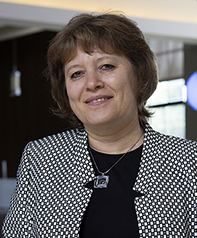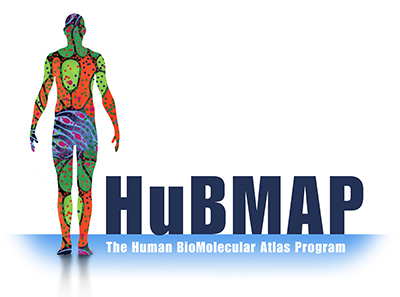New Technology for Molecular Imaging of Human Tissues
2018-09-26

A team of investigators at Purdue University and Pacific Northwest National Laboratory (PNNL) has been selected for funding by the National Institutes of Health’s Human BioMolecular Atlas Program (HuBMAP) program.
The multidisciplinary team led by Julia Laskin (photo right), of the Department of Chemistry, will develop transformative technologies for the rapid, quantitative, and robust imaging of different classes of biomolecules in human tissues with high spatial resolution using mass spectrometry.
This development will leverage several signature strengths at Purdue University and PNNL in the development of mass spectrometry instrumentation and imaging modalities, engineering of microfluidic devices, machine learning and compressed sensing along with proteomics, lipidomics and metabolomics.
Researchers involved in this project include Dong Hye Ye, of the Electrical and Computer Engineering, Joon Hyeong Park, of the Birck Nanotechnology Center, along with Charles Ansong, Kristin Burnum-Johnson, and Paul Piehowski, of PNNL.
The new technologies will contribute to understanding complex processes in biological tissues that play a role in both health and disease.
HuBMAP will advance understanding of the principles of tissue organization at a cellular and molecular level providing an important framework for establishing the design principles of normal human tissues and early detection of the emergence of disease. HuBMAP is a program of the NIH Common Fund.
Common Fund programs address emerging scientific opportunities and high-priority challenges for the NIH. The HuBMAP awards total $54 million over the next four years, pending available funds.
